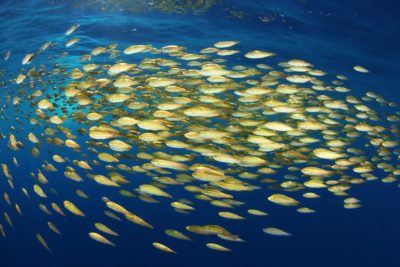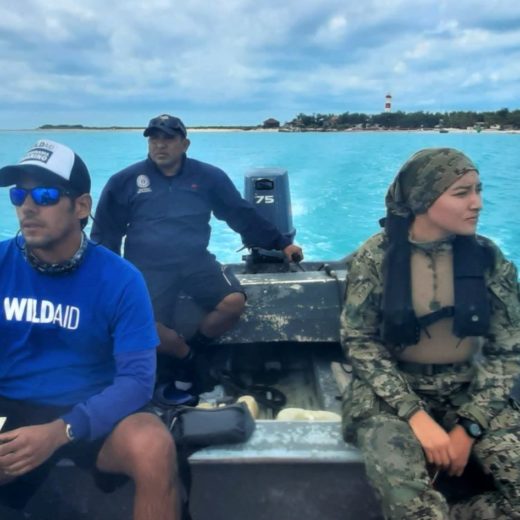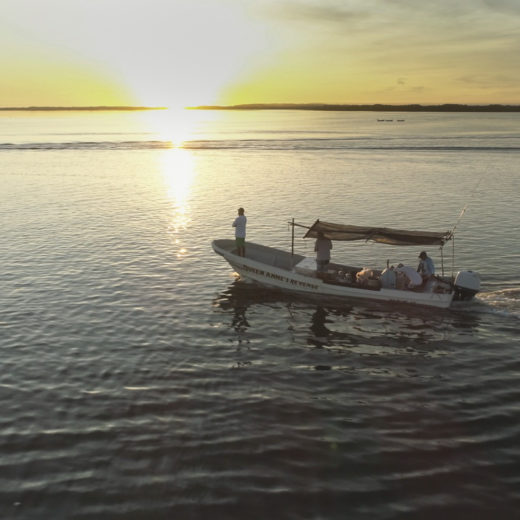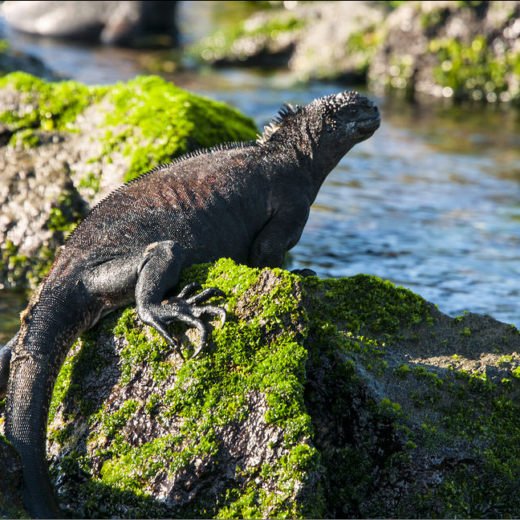
BY SILVIA SANCHEZ, WILDAID MARINE PROGRAM
Coral reefs in the Gardens of the Queen (Noel Lopez Fernandez)
Scientists in Australia recently announced that more than 90% of coral reefs in the Great Barrier Reef have experienced bleaching this year due to increased oceanic temperatures from climate change. This is the third mass bleaching event on record and possibly the worst yet — affecting one-third of the world’s corals. Other affected areas include Micronesia, as well as the Caribbean and Hawaii, both of which suffered major bleaching throughout their waters last summer.Coral reefs provide food and shelter for numerous marine species and they support fish stocks that feed more than one billion people around the world. According to The New York Times, they provide jobs for “an estimated 30 million small-scale fishermen and women [who] depend on reefs for their livelihoods.”
A healthy coral reef comprises millions of tiny coral polyps and algae (called zooxanthellae) living together in a symbiotic relationship. Colorful algae, lending coral reefs their vibrant colors, make sugars that provide corals with 90% of their nutrition. Bleaching occurs when environmental stressors, such as prolonged exposure to warmer waters, cause the corals to expel the algae.
If those environmental stressors are brief and infrequent, corals and algae will resume their symbiotic relationship and the corals will recover. However, without the algae, the corals are left to die, along with many marine other species they support.
Scientists fear that the affected corals may never recover if the waters do not cool off soon. But there may be hope: According to the World Resources Institute, “reducing local pressures on reefs —overfishing, coastal development, and pollution — is the best way to ‘buy time’ for reefs” and increase their resilience to warmer waters.
For example, coral reefs in the Gardens of the Queen in Cuba exhibit increased resilience to warmer ocean temperatures than their surrounding Caribbean neighbors. This may be because of the Gardens’ relative isolation and thus lower pollution and fishing levels than neighboring areas.
Conservationists in Australia have urged the government to take immediate action against climate change, illegal fishing and pollution to help the Great Barrier Reef to better resist and survive bleaching events.
WildAid helps to protect reefs around the world by encouraging the community to reduce their carbon footprint to address climate change. Our marine program prevents unsustainable fishing practices through our comprehensive marine protection model to increase coral reef resilience in the Northern Reefs in Palau, West Papua, Indonesia and Ecuador.
Español
Pueden los Arrecifes de Coral Sobrevivir la Decoloración?
Los científicos en Australia acaban de anunciar que más del 90% de los arrecifes de coral en la Gran Barrera de Coral se han decolorado este años debido a temperaturas oceánicas mas altas del cambio climático. Este es el tercer evento de decoloración de arrecifes de coral y posiblemente el peor—afectando un tercero de los corales del mundo. Otras áreas afectadas incluyen el Caribe y Hawái cuales sufrieron decoloración a través de sus aguas el verano pasado.
Los arrecifes de coral proveen nutrición y un hogar para numerosas especies marítimas y apoyan las poblaciones de peces comerciales que alimentan a más de un billón de personas a través del mundo. La revista The New York Times, dice que proveen trabajos para “aproximadamente 30 millones de pescadores artesanales cuales dependen en los corales para sustento.”
Un arrecife de coral saludable es hecho de millones de los pólipos de coral y algas (llamados zooxantelas) viviendo juntos en una relación simbiótica. Algas de varios colores le dan sus colores vibrantes a los corales y proveen 90% de su nutrición. La decoloración ocurre cuando hay factores de estrés ambientales, como el agua caliente, que causa que los corales expulsen a las algas.
Si esos factores de estrés ambientales son cortos o infrecuentes, entonces los corales y las algas resumirán su relación simbiótica y los corales recuperaran. Sin embargo, sin las algas, los corales se morirán al igual que las especies marítimas que apoyan.
Los científicos temen que las corales afectadas no van a recuperar si las aguas no enfrían pronto, pero quizás hay alguna esperanza. El World Resources Institute dice que al reducir la presión en los corales de la sobre pesca, desarrollo costero, y la contaminación, se podrá aumentar su resistencia a los mares más calientes.
Por ejemplo, los arrecifes de coral en los Jardines de la Reina en Cuba muestran más resistencia a las temperaturas más calientes del mar que los corales en el resto del Caribe. Esto podrá ser porque los Jardines son relativamente aislados y entonces tienen menos contaminación y niveles de pesca que sus vecinos.
Agencias de conservación en Australia le han urgido al gobierno que tomen inmediata acción contra el cambio climático, la pesca ilegal, y la contaminación para ayudar a la Gran Barrera de Coral para mejor resistir y sobrevivir los eventos de decoloración.
WildAid protege a los corales a través del mundo alentando a la comunidad a reducir el uso del carbón para reducir el cambio climático. Nuestro programa marítimo previene prácticas de pesca no sustentable a través de nuestro modelo comprensivo de protección marítima para aumentar la resistencia de los corales en Palau, Papua del Oeste, Indonesia, y Ecuador.
Stay in touch and get the latest WildAid updates.
SIGN UP


